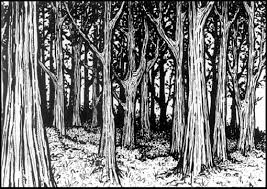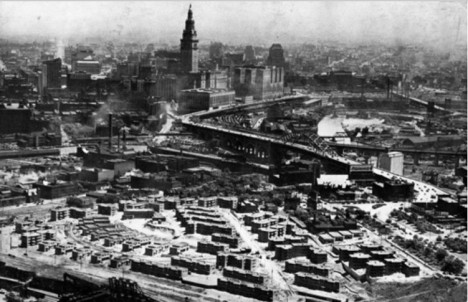
Cleveland, Ohio – 1930 [1]
By far, Cleveland and its suburbs was the primary destination for the graduates of the Norwalk High School Class of 1907. Why Cleveland? Today – although it is experiencing a renaissance – the city is a shadow of the metropolis that lured young people from around the world to work in its factories. In 1907, Cleveland was already an industrial powerhouse, by 1920, it became the fifth largest city in the nation. And it was not only jobs that made it a destination of choice for many in the early twentieth century. Philanthropy by titans of industry like John D. Rockefeller and Louis Severance brought culture to the city. [1]
Nine of the twenty-seven graduates of the Class of 1907 spent most of their lives in Cleveland or its suburbs, but only three lived in the city limits of Cleveland, and none of them ever married.

Fred Osborne came from a working class family, his father was a housepainter and paperhanger, and he became a working class man. After graduating from Norwalk High School, he went into farming, and became a beekeeper. Around 1920, he moved to Cleveland, and for over twenty years lived in an apartment at 1482 East 84th Street with his sisters, while working as a mail carrier out of the University Post Office at 1950 E 101st Street, Cleveland. After retirement, he moved to Pinellas, Florida, where he died in 1972.
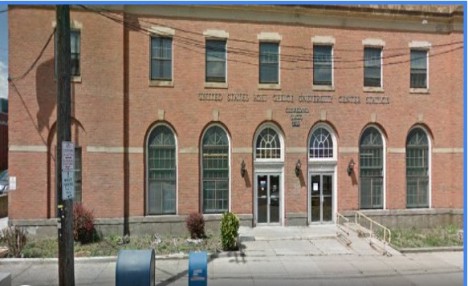
University Post Office 2017 [3]

Myrtle Woodruff
How important is it to check source documents and not rely on transcriptions? Very important. But sometimes we goof, as I did in my post on education when I reported that Myrtle Woodruff had not pursued an education after high school. That despite finding her obituary, which reported that she had graduated from Ohio University. While drafting this post, I checked her obituary and realized my mistake. I went to the original 1940 Census record for confirmation, and there it was: Myrtle Woodruff had completed five years of college. How stupid of me! Oh, well! Lesson learned (I hope), and now I have the chance to set the record straight.
What did Myrtle do with her education? She taught at West Technical High School in Cleveland. [4] In 1928, she lived on Prospect Avenue in Cleveland. Later she moved to the suburb of Lakewood. After retiring in 1946, she returned to live with a sister in their hometown of Fairfield Township, where she died in 1951.
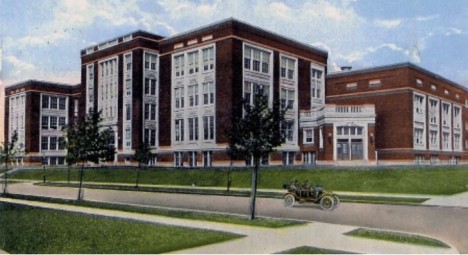
West Technical High School, Cleveland, Ohio [5]
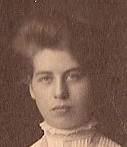
Edna West spent most of her short life (she died in 1936) living in boarding houses. After graduation, she moved to Trenton, Michigan, where she taught school, living in a home with fourteen other boarders, most who were teachers. By 1920, she had returned to Ohio and was working as a clerk in Cleveland, boarding at 3848 Prospect Avenue (now a parking lot). But in the end she returned to teaching. According to the 1930 Census, she was a governess at the Cleveland Christian Home for Children located at 11401 Lorain Avenue, Cleveland, Ohio. [6] She was the first of the class of 1907 to die, passing away on April 6, 1936 in Toledo, Ohio.
That’s it for the tales of those graduates of the class who lived in Cleveland, Ohio. Next up, the suburbs, beginning with Cleveland Heights.
Footnotes:
[1] Image from Pinterest, downloaded August 6, 2017
[2] From the Cleveland Wikipedia article. An excellent source of information about Cleveland is the Case Western Reserve Encyclopedia of Cleveland History.
[3] Google Maps Image downloaded August 6, 2017.
[4] West Technical School was a highly rated high school in Cleveland. Established in 1912, it closed in 1995 and was converted to apartments. For more information, visit the West Tech Alumni Association website.
[5] Image from West Technical High School Class of 1967 Reunion Website. on Classmates.com.
[6] The Cleveland Christian Home for Children is an orphanage founded in 1900, and is still operates today. A history of this institution is at the Cleveland Christian Home Website.
Note: For timelines and sources, click on these links: Fred Osborne, Myrtle Woodruff, and Edna West. I will fill in the gaps with individual biographies for these three in later posts.
Thanks for visiting! Share and like this post below, and on Facebook. Let me know what you think in the comments. I’d love to hear from you!
Filed under: Cleveland Ohio, Demographics, Edna West, Fred Osborne, Myrtle Woodruff, Norwalk HS Class of 1907, Norwalk OH High School, Norwalk, Ohio, Uncategorized | Tagged: Cleveland Christina Home for Children, Cleveland Ohio History, Norwalk High School, Norwalk High School Class of 1907, Norwalk Ohio History, Ohio University, Osborne Genealogy, University Post Office Cleveland Ohio, West Genealogy, West Technical High School Cleveland Ohio, Woodruff Genealogy | 3 Comments »








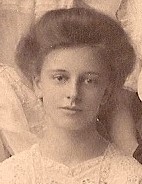 The baby of the class was Harriott Wickham (my grandma), who was the only graduate born in 1890. On the first page of her 1909-1910 diary, she wrote that she had started school early, two months before her fifth birthday. I remember her mentioning that to me because I also began school when I was four, although I only had to wait two weeks before my birthday. That wait did not mean much to me back when I was very young. Where my early start really made an impact on me was when I went to college. I was one of the few in my dorm who could not legally drink — at that time in Ohio, you could purchase 3.2% beer at eighteen.
The baby of the class was Harriott Wickham (my grandma), who was the only graduate born in 1890. On the first page of her 1909-1910 diary, she wrote that she had started school early, two months before her fifth birthday. I remember her mentioning that to me because I also began school when I was four, although I only had to wait two weeks before my birthday. That wait did not mean much to me back when I was very young. Where my early start really made an impact on me was when I went to college. I was one of the few in my dorm who could not legally drink — at that time in Ohio, you could purchase 3.2% beer at eighteen.









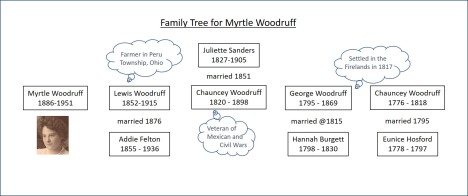

 The final burial in that place, according to the records, was in the fall of 1819, Richard Moon, a widower, left his children in New York and came to Norwich Township. He was taken ill with “the lung fever” and died soon after he arrived. His was the first funeral in the township. Richard Moon and the four little boys are not recorded as being interred in Boughton Cemetery, so it is likely that their remains are still buried along the banks of Mud Run. [1]
The final burial in that place, according to the records, was in the fall of 1819, Richard Moon, a widower, left his children in New York and came to Norwich Township. He was taken ill with “the lung fever” and died soon after he arrived. His was the first funeral in the township. Richard Moon and the four little boys are not recorded as being interred in Boughton Cemetery, so it is likely that their remains are still buried along the banks of Mud Run. [1]